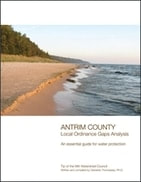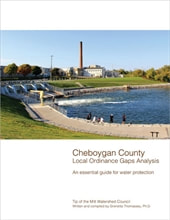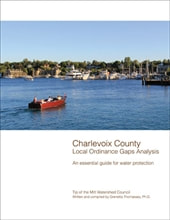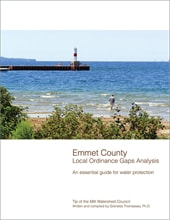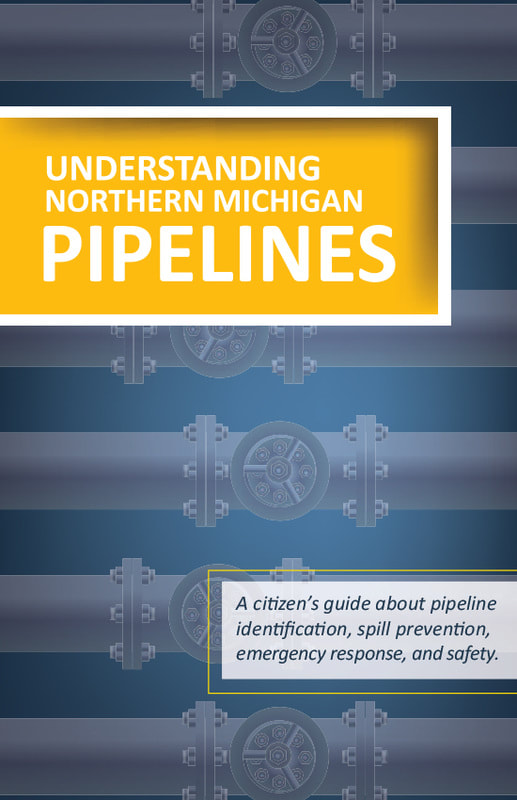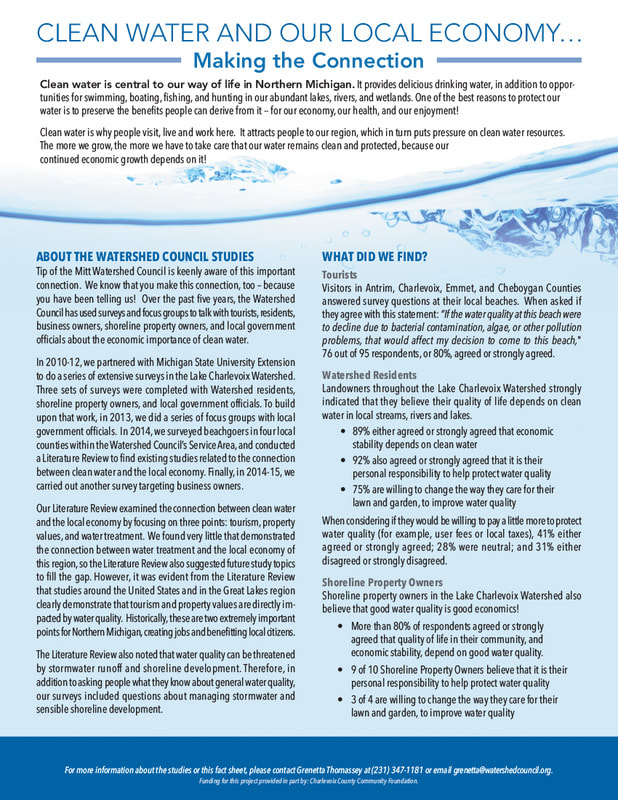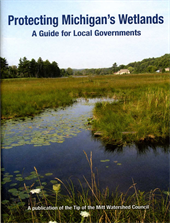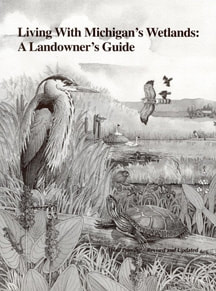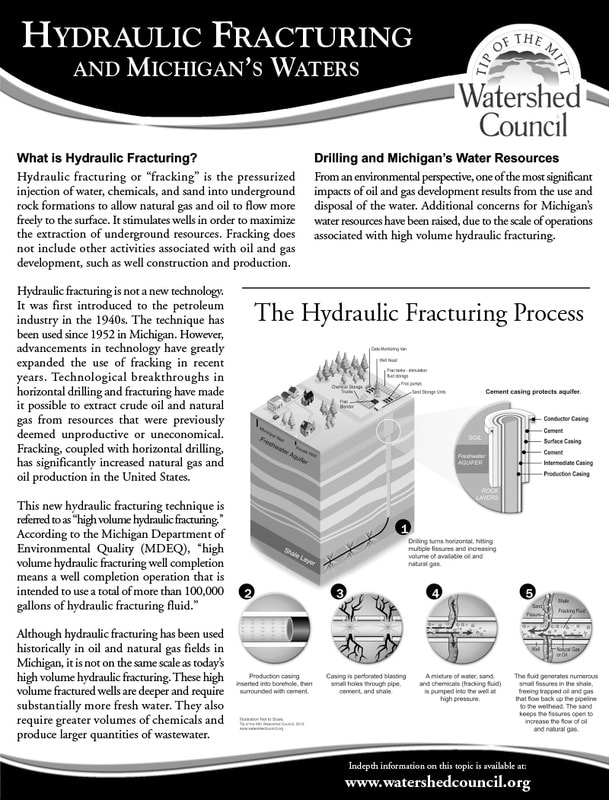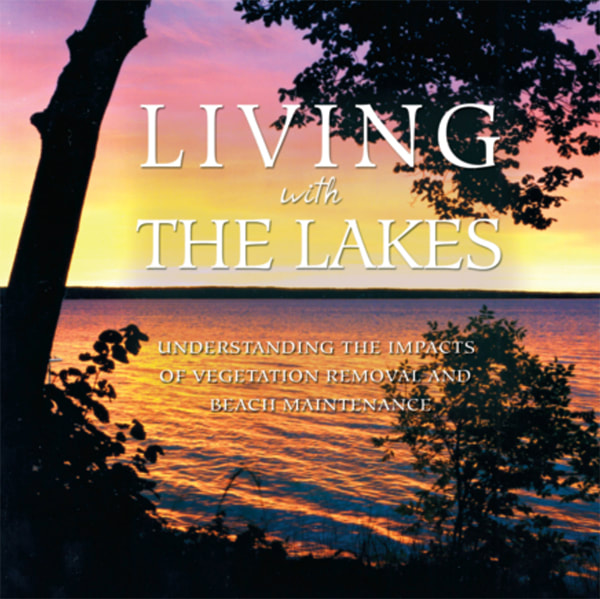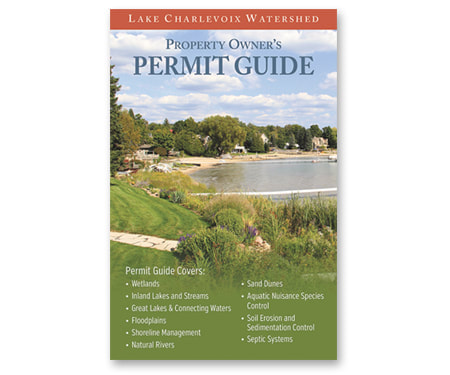Policy and Advocacy Resources
Below is a resource lists to help you get in contact with our local, state, and federal representatives. Under each heading a comprehensive list of contacts. If you feel one is missing, please let us know.
Recommended Publications
|
Local Ordinance Gaps Analysis
An essential guide for water protection Our Local Ordinance Gaps Analysis is a review of all the water-related ordinances by county in Antrim, Charlevoix, Cheboygan, and Emmet Counties. The purpose is to evaluate them against what should be in place to best protect water resources, and offer recommendations and suggested actions to help local governments strengthen any areas that need improved. It covers ordinances at not only the county level, but also for cities, townships, and villages in the county. A publication of Tip of the Mitt Watershed Council compiled and written by Dr. Grenetta Thomassey Click on the report cover to view the document. |
|
Understanding Northern Michigan Pipelines - A citizen's guide about pipeline identification, spill prevention, emergency response, and safety
Tip of the Mitt Watershed Council designed this brief booklet to answer many of the questions about Northern Michigan pipelines. Learn how to identify between different types of pipelines, how to prevent a spil, and emergency response and safety steps you should take if a spill does occur. Printed copies are available at the Watershed Council office while supply lasts or the booklet can be viewed and downloaded by clicking the cover. (Published August 2015) Funding for this publication provided by the United States Department of Transportation, Pipeline and Hazardous Materials Safety Administration |
|
Clean Water and Our Local Economy - Making the Connection
Clean water is central to our way of life in Northern Michigan. It provides delicious drinking water, in addition to opportunities for swimming, boating, fishing, and hunting in our abundant lakes, rivers, and wetlands. One of the best reasons to protect our water is to preserve the benefits people can derive from it -- for our economy, our health, and our enjoyment! Tip of the Mitt Watershed Council is keenly aware of this important connection. We know that you make this connection, too – because you have been telling us! Over the past five years, the Watershed Council has used surveys and focus groups to talk with tourists, residents, business owners, shoreline property owners, and local government officials about the economic importance of clean water. This fact sheet shares the results of that work. |
|
Protecting Michigan's Wetlands: A Guide for Local Governments
This guidebook is designed for the local government official or interested citizen who faces important questions about wetlands. Understand why wetlands are important and provide information to help you make decisions about the wetlands in your local community. ISBN: 978-1-889313-12-2 A publication of Tip of Mitt Watershed Council |
|
Living with Michigan's Wetlands: A Landowner's Guide (Third Edition)
Michigan's landowners are critical to the protection and management of wetland resources in the state. This book contains concise but comprehensive information to help the landowner learn more about wetlands and the value of wetland protection, basic techniques and options for wetland management, the economic benefits of various protection methods, and where to go for more assistance. ISBN: 1-889313-00-9 Tip of the Mitt Watershed Council This project was made possible through funding from the Michigan Department of Environmental Quality and the U.S. Environmental Protection Agency. Please note that Appendix E: Michigan's Wetland Laws is not contained in this pdf version. |
|
Michigan Wetlands - Yours to Protect, A Citizen's Guide to Wetland Protection
This guidebook focuses on the range of wetland protection activities from education to review permit applications, there is valuable information to assist concerned citizens, local governments, conservation organizations, landowners, and others in their efforts to initiate and implement wetlands protection activities.This book is a citizen's guide to wetland protection. Since the printing of this book in 2003 there have been many changes in the law, including the Wetland Protection Act. However, the book is still a good source of information for people to use as a tool to protect the wetlands in Michigan. Produced by: Tip of the Mitt Watershed Council ISBN#: 1-889313-08-4 Price: $5.00 |
|
A Citizen's Guide to Water Quality Permitting
Understanding the National Pollutant Discharge Elimination System (NPDES) Program and Its Role in Michigan This guidebook is intended to improve citizen involvement in environmental decision-making in Michigan. The invaluable part of this publication is the comments provided by individuals who are experts in various aspects of water quality permitting in Michigan. ISBN: 18893 13-10-6 Produced by: Tip of the Mitt Watershed Council |
|
Natural Gas/Oil Drilling and Water
An overview of hydraulic fracturing for natural gas in Northern Michigan (2013) Although hydraulic fracturing has been used historically in oil and natural gas fields in Michigan, it is not on the same scale as today’s high volume hydraulic fracturing. These high volume fractured wells are deeper and require substantially more fresh water. They also require greater volumes of chemicals and produce larger quantities of wastewater. This flyer give a brief overview of fracking in Northern Michigan. Produced by: Tip of the Mitt Watershed Council For an indepth look at this topic, please visit our "Hydraulic Fracturing" page. |
|
Living with the Lakes:
Understanding the impacts of vegetation removal and beach maintenance Before you engage in beach grooming activities, you should be aware of how your actions may impact the health of coastal wetlands and, ultimately, the Great Lakes. This brochure summarizes the findings from research conducted by EGLE during 2004 and 2005 that suggests the activities authorized by Public Act 14 have substantial, long-lasting negative impacts on Great Lakes coastal wetlands. This publication was developed and designed by the following agencies and organizations: Ducks Unlimited - Great Lakes/Atlantic Regional Office, Grand Traverse Band of Ottawa and Chippewa Indians Lone Tree Council, Michigan Department of Environmental Quality, Michigan Department of Natural Resources, Michigan Environmental Council, Michigan United Conservation Clubs, National Wildlife Federation, Tip of the Mitt Watershed Council, U.S. Fish and Wildlife Service, and Watershed Center Grand Traverse Bay. This publication made possible by funding provided by the Great Lakes Fisheries Trust. |

